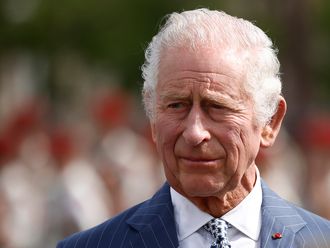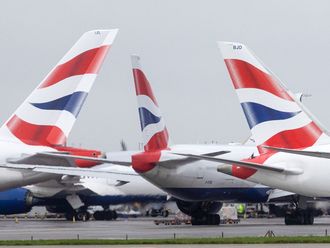
Barcelona: After months of in-fighting, Catalonia’s separatists are finally set to vote in a new regional president on Sunday, paving the way for a secessionist government that aims to declare independence from Spain by next year.
The fate of Catalonia’s high-profile secessionist movement had hung in the balance since regional, parliamentary elections in September, as the pro-independence faction that won the polls bickered bitterly over who should lead the new local government.
The focus of in-fighting was Artur Mas, the incumbent, separatist regional president whom the far-left CUP party — part of the secessionist faction that won the elections — rejected over his support for austerity and corruption scandals linked to his party.
With Mas stubbornly refusing to step aside as a weekend deadline to form a government approached dangerously close, Catalonia appeared to be heading for fresh elections — which would have been the fourth since 2010.
But at the last minute, Mas unexpectedly agreed to step aside on Saturday, naming relatively unknown journalist and politician Carles Puigdemont as his successor and thus resolving the deadlock.
On Sunday evening, separatist members of the regional parliament will confirm the selection of Puigdemont, a Catalan-language journalist from Mas’s party.
The 53-year-old mayor of Girona, which lies some 100 kilometres northeast of Barcelona, will then appoint his cabinet.
“Our project is solid and working in the right direction,” Puigdemont tweeted after the last-minute agreement, as the separatists gather their forces again to take the fight back to Madrid, where the national government is in limbo following inconclusive December polls.
Incumbent Prime Minister Mariano Rajoy’s conservative Popular Party (PP) came top in the December 20 elections but lost its absolute majority, leaving him struggling to form a government.
So far, both the PP’s traditional Socialist rivals (PSOE), who came second in the elections, and upstart anti-austerity party Podemos have refused to support him.
“The [separatist] coalition is profiting from the power vacuum in Madrid,” headlined online daily El Espanol on Sunday.
Faced with the prospect of secession by Spain’s richest region, Rajoy insisted Saturday that the country’s next national government should have “an ample parliamentary base with the stability and capacity to face the separatist challenge”.
And ironically, the last-minute separatist deal may favour him.
“Socialist sources admit that ‘there is going to be even stronger pressure’ to allow a Rajoy government faced with the separatist challenge,” writes online newspaper El Diario.
One of Spain’s 17 semi-autonomous regions with its own language and customs, Catalonia already enjoys a large degree of freedom in education, health and policing.
But fed up after years of vain demands for greater autonomy on the taxation front — complaining it pays more to Madrid than it gets back — the region veered towards separatism.
Polls show most people in the 7.5 million-strong region support a Scotland-style referendum on independence — which Rajoy has categorically refused to allow — but are divided over breaking from Spain.
And Catalonia’s secessionist drive has worried not just Madrid, but business leaders too.
In November, the separatist lawmakers passed a motion in the Catalan parliament breaking from Spain and calling for complete independence in 18 months.
The region’s El Periodico daily warned Sunday that the separatist regional parliamentary majority “presages strong political turbulence and pernicious effects on Catalonia’s economic recovery.”











